Removing shellac from bamboo countertop?
carlab44
12 years ago
Related Stories
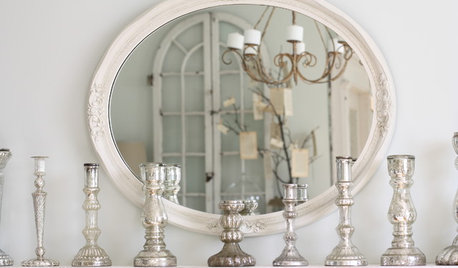
HOUSEKEEPINGThe Simple Way to Remove Wax From Candlesticks
Before you make a mess of things, read these easy steps for removing melted wax from your candlesticks
Full Story
KITCHEN DESIGN16 Practical Ideas to Borrow From Professional Kitchens
Restaurant kitchens are designed to function efficiently and safely. Why not adopt some of their tricks in your own home?
Full Story
MOST POPULARFrom the Pros: How to Paint Kitchen Cabinets
Want a major new look for your kitchen or bathroom cabinets on a DIY budget? Don't pick up a paintbrush until you read this
Full Story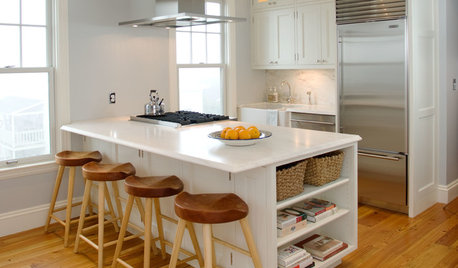
KITCHEN DESIGN20 Kitchen Must-Haves From Houzz Readers
We asked you to tell us your top kitchen amenities. See what popular kitchen features made the list
Full Story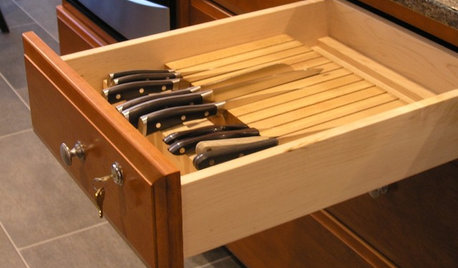
REMODELING GUIDESFrom the Pros: 8 Reasons Kitchen Renovations Go Over Budget
We asked kitchen designers to tell us the most common budget-busters they see
Full Story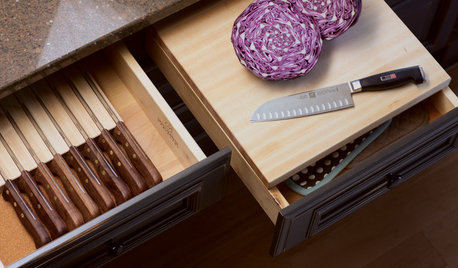
KITCHEN STORAGEKnife Shopping and Storage: Advice From a Kitchen Pro
Get your kitchen holiday ready by choosing the right knives and storing them safely and efficiently
Full Story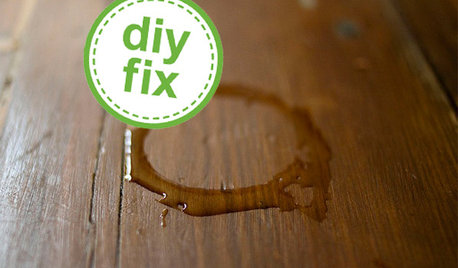
DECORATING GUIDESQuick Fix: Erase Water Rings from Furniture
A few household items can quickly rejuvenate tarnished wood tabletops
Full Story
LAUNDRY ROOMSSoak Up Ideas From 3 Smart Laundry Rooms
We look at the designers’ secrets, ‘uh-oh’ moments and nitty-gritty details of 3 great laundry rooms uploaded to Houzz this week
Full Story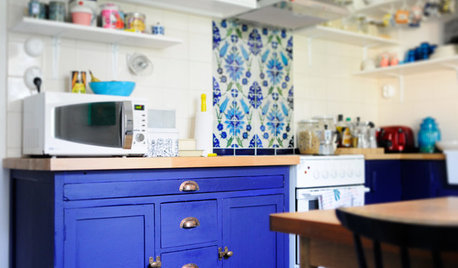
ECLECTIC STYLEGet Creative Salvage Ideas from Houzzers' Reuse Projects
Save money and show off your resourcefulness by borrowing from these creative home projects using salvaged materials
Full Story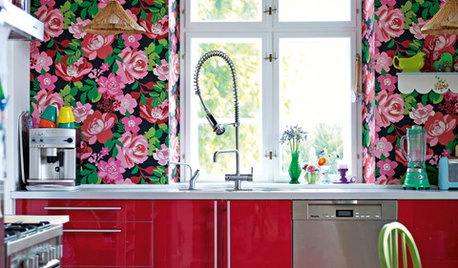
KITCHEN DESIGN14 Indie Kitchen Designs That Stand Out From the Pack
Bored with white, cream and 50 shades of gray? Break out of the box with a daring kitchen that highlights your own style
Full StorySponsored
Industry Leading Interior Designers & Decorators in Franklin County
More Discussions









User
brickeyee
Related Professionals
Aspen Hill Cabinets & Cabinetry · Fair Oaks Carpenters · Murphy Carpenters · Roselle Carpenters · Bend Flooring Contractors · Jenison Flooring Contractors · Lake Elsinore Flooring Contractors · Land O' Lakes Flooring Contractors · Ocoee Flooring Contractors · Summerville Flooring Contractors · West Chester Flooring Contractors · Indianapolis Furniture & Accessories · Midland Furniture & Accessories · Nashville Furniture & Accessories · Santa Barbara Furniture & Accessoriescarlab44Original Author
bobismyuncle
mike_kaiser_gw
Jon1270
brickeyee
carlab44Original Author
bobismyuncle
Jon1270